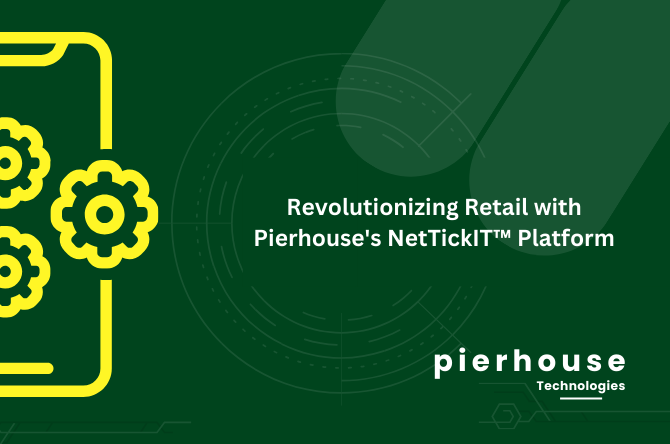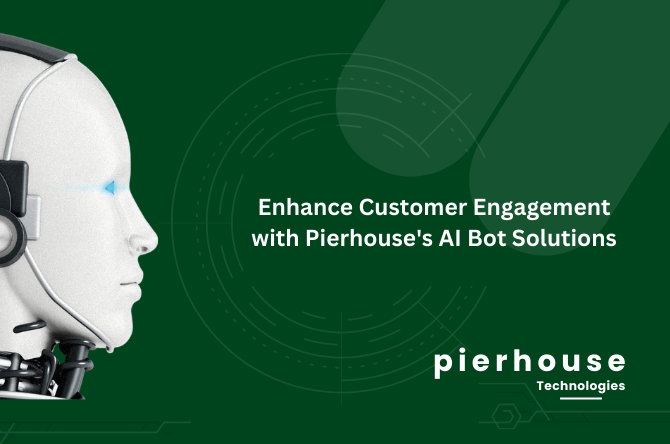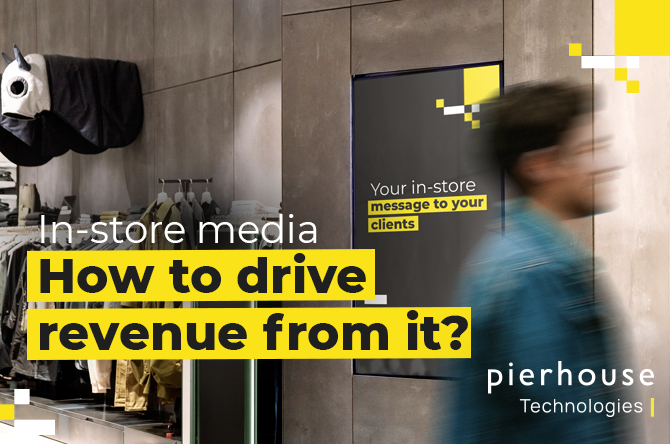
Retailers interest in electronic shelf labels is high
The interest level in electronic shelf labels has always been high when we demonstrate them at events or to retailers who visit us. Sometimes up to 25% of visitors to our website initially come to find out more about electronic shelf labels. This is particularly interesting because we do not make or sell electronic shelf labels, however; we do regard them as an important part of in-store signage in addition to printed tickets. Our interest in electronic shelf labels is linked to NetTickIT our integrated signage software. This software automates the printing of promotional tickets and can also send the same formatted information to electronic shelf labels plus other digital and mobile devices.
Why retailers talk to Pierhouse about electronic shelf labels
Being a step away from selling electronic shelf label has enabled Pierhouse to become the company that retailers go to for impartial advice. So far over a dozen well known retailers have had conversations with us. Many more have seen demo’s that show how electronic shelf labels could work in their stores with NetTickIT software.
John Lewis was one of those retailers. As a result of our discussions Pierhouse set up a trial of electronic shelf labels at the John Lewis store in Exeter so that they could learn more about how they would work in a live retail environment. It helped us learn a lot too.
Why aren’t retailers buying manyeElectronic shelf labels?
As a result of discussions with retailers and working with our electronic shelf label partners we’ve built up a picture of why electronic shelf labels are in very limited use in the UK, in spite of lots of trials.
The main reason has been a mismatch between what electronic shelf labels can actually deliver and what retailers want in their stores. The root of the issue is that vendors of electronic shelf labels want to replace all printed signage and shelf edge tickets with their devices. Retailers on the other hand will only look at replacing all printed signage witheElectronic shelf labels if, at the minimum, they can replicate everything that printed material can do and reduce costs. Unfortunately this is not possible so retailers do not buy electronic shelf labels and explain their reasons as: not having colour, need better viewing angles, wrong sizes, too expensive, don’t have the infrastructure, etc. As each individual concern is reduced by technology upgrades retailers discover another reason why electronic shelf labels are not as flexible as printed material.
Why do European retailers use electronic shelf labels more than UK retailers?
The original justification for European retailers was strong trading standards regimes where fines could run into many thousand of Euro’s for poor pricing disciplines. Most of them use the lowest cost simple electronic shelf labels which enable them to have an efficient operation and the equivalent of basic white shelf edge tickets. The problem is that prices and offers do not stand out to shoppers and the formats are inflexible. This means that they still need some printed material for offers and promotions to really stand out – so additional costs are still incurred.
In the UK it’s even more vital for prices and offers to stand out because it is a super competitive market. Shoppers must be able to easily see the price and promotional offers. Basic electronic labels can be limiting for retailers who want to provide extra information at the shelf edge to give shoppers more reasons to buy – other than price. The flexibility of printed signage also makes it much more useful for the latest trend of discovery shopping where shoppers discover more about products and their uses at the shelf edge.
So what should UK retailers do?
Several retailers have worked out that getting the right mix of print and digital is the way forward.
A common view is that slower moving, rarely promoted ambient products are fine for simple low cost electronic shelf labels. Typically the equivalent of simple white shelf edge tickets. At the other extreme are higher margin faster moving products with low shelf life such as fresh where the price can be frequently changed day to optimize profitability. This area needs larger and better featured electronic shelf labels or sometimes big screens instead. For most other areas in the store, particularly those with lots of promotions, print is still the most flexible and high impact method.
What retailers really want
Ultimately retailers want a set of output devices and methods that encompass both print and digital which can be deployed in any way they want and be easily changed. To achieve this and look beyond the electronic shelf label vs printed signage debate requires an integrated signage solution. It can bring together all the data required by the shoppers at the shelf edge via any of the print or digital options. Ideally retailers also want to manage the deployment of all customer facing information, including large signage and ensure that every sign is in sync and accurate across the store.
Moving forward
In this fast changing retail environment putting an integrated signage solution in place first is the best way forward. A well as providing a consistent platform to build on it also helps future proof the Retailers from changes in technology. Retailers who do not take this approach risk having to support separate incompatible systems for managing various digital devices and sometimes several more systems for different components of their printed signage.
If you would like to look beyond the current electronic shelf labels vs print discussions and ensure that you will be able to flexibly and easily manage and deploy almost any type of signage in your stores we need to talk.




